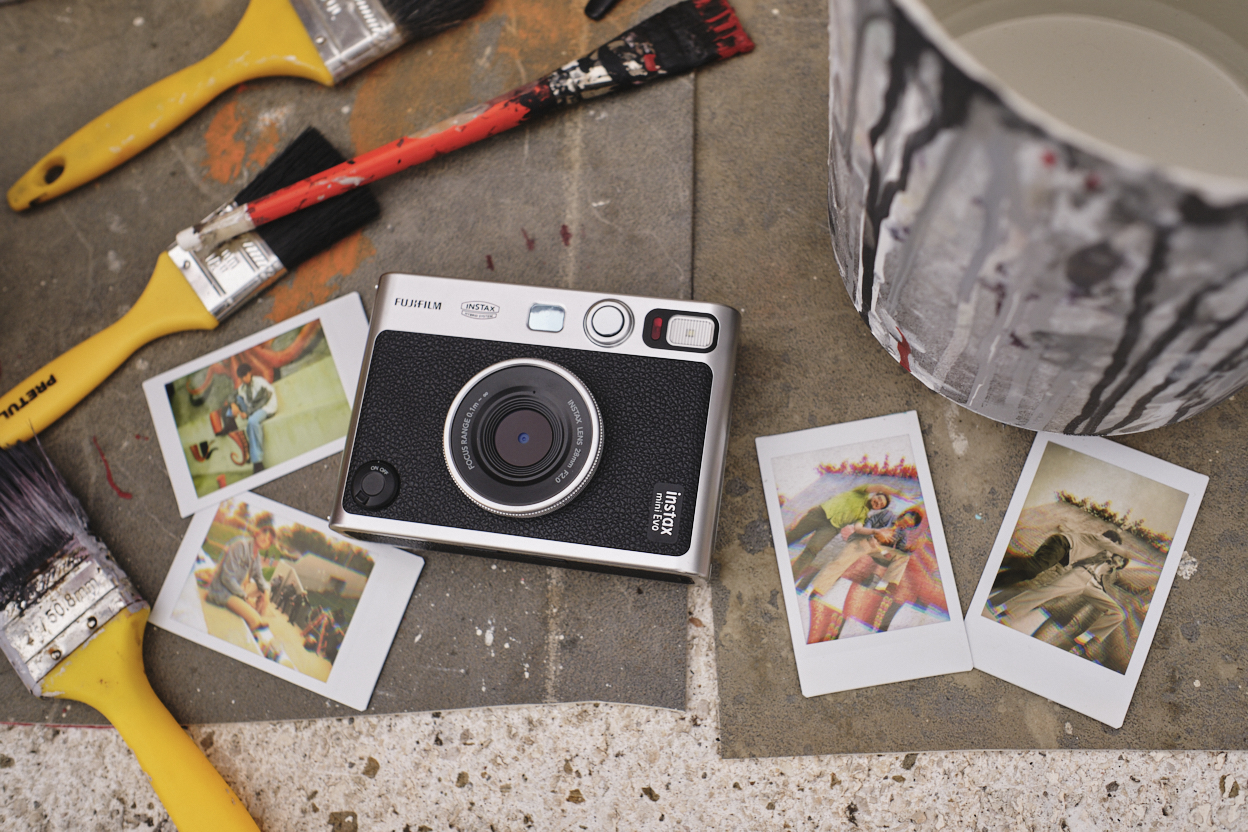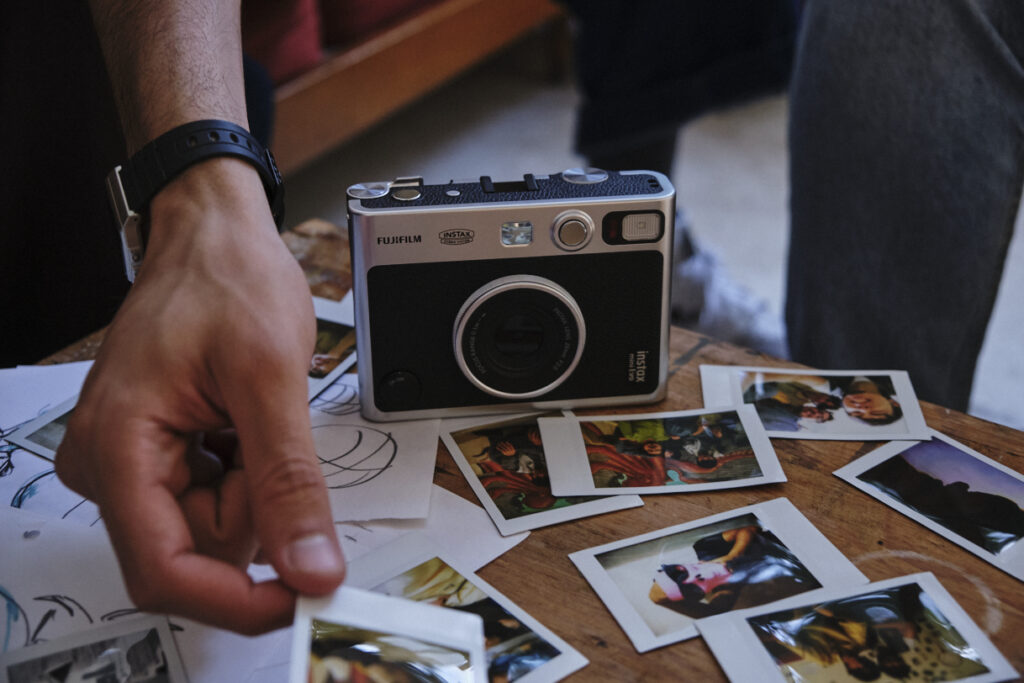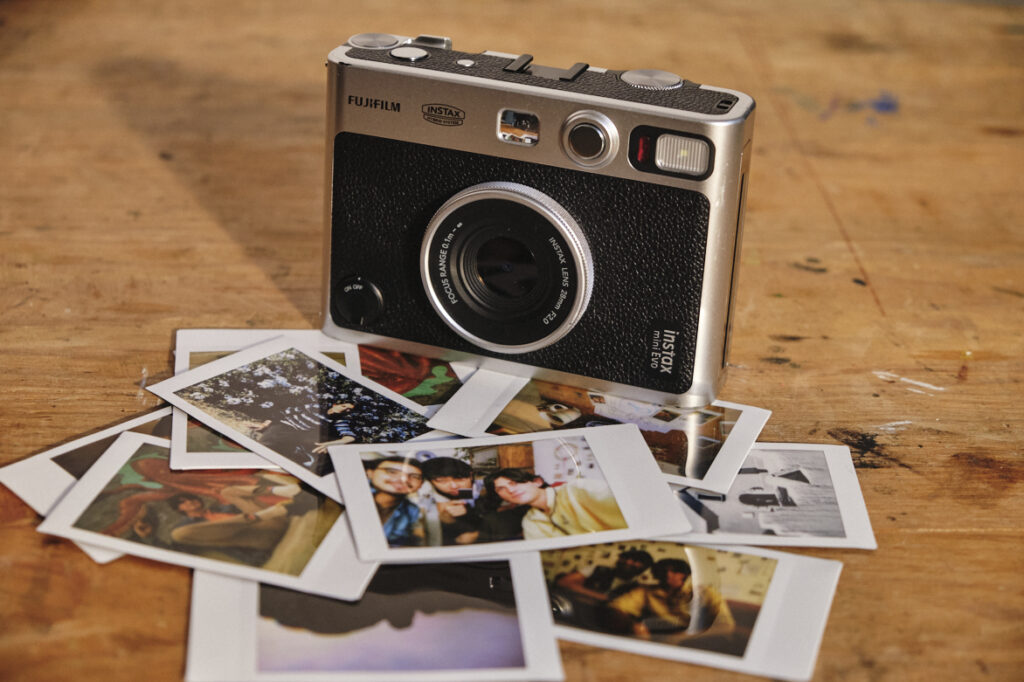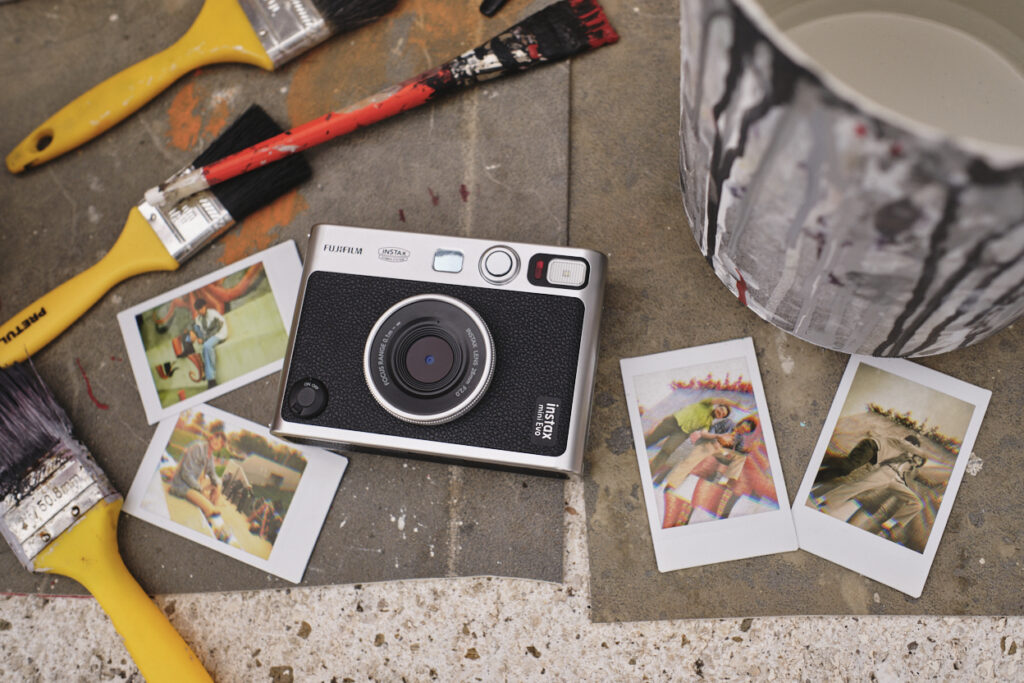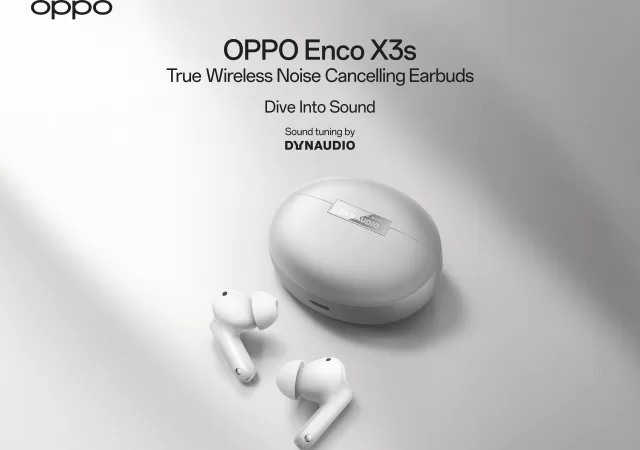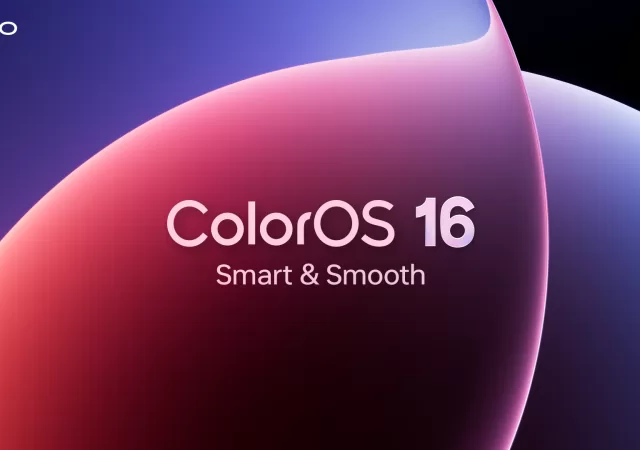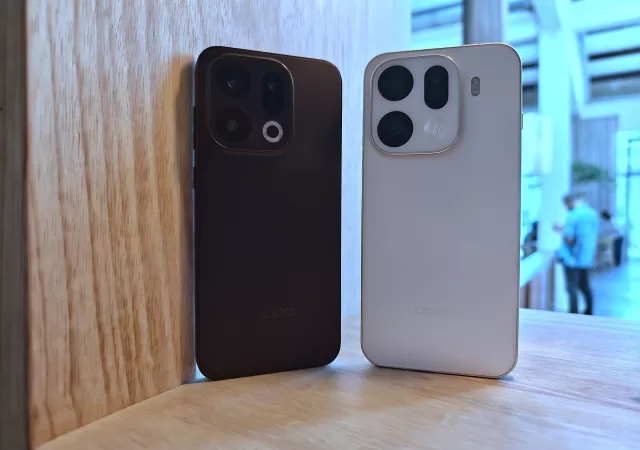Fujifilm’s instax series is truly a wonder in the modern digital world today. Fujifilm not only single-handedly revived a retro technology to fit today’s odd world. They also made the retro format of instax’s instant film segment more popular than ever. Of course, you can also thank the ‘hipster’ trend for that.
Let us be very honest with the technology that is instax. It is not a modern technology by any measurements today. We generally refer to this instant film camera technology as the Polaroid technology. Polaroid is not a technology though; it was a brand. They were, however, the first to make a commercially viable and available instant film cameras was introduced in 1948 by Polaroid themselves in the Polaroid Model 95. Many companies follow suit in 1948 onward. You see large names like Kodak, Keystone, Konica, Minolta, and of course, Fujifilm.
Plenty of these names have moved on from this aging technology and started getting into the digital imaging game though. All of them did, except for Kodak, which went bust eventually. Fujifilm went hybrid though, which might explain their longevity in the business.
The Fujifilm instax then is based on a technology that is nearly 75 years old. But it was never marketed as a serious camera for serious photographers anyway. We think that could by why it stayed in business. They started with simple analogue cameras that required AA batteries to run. Now though, the instax brand is a worldwide phenomenon and there is a game changer on the block.
They call it the instax mini Evo. “Evo” as in evolution, and we kind of think it is sort of one. The device is a cross between a true wireless printer and a camera.
We have seen this kind of implementation before when Fujifilm introduced their square formatted films. The instax min Evo is not that much different, but at the same time it is a completely new product that could really drive the instant film photography industry forward.
The Fujifilm instax mini Evo is still a camera. The design is based on Fujifilm’s highly acclaimed X-T series cameras. The design language and material choice add a certain luxury and premium feel to it. It is no longer just a plastic toy; the heft actually feels like it is worth your every penny now.
It is not just a camera though, it is an instant film printer for your smartphone as well, which makes it even more useful and cleverer than ever before. Instead of having to take a new photo everytime or using the camera all the time, you can simply pick photos from your smartphone and be happy with the result in no time.
The Fujifilm instax mini Evo will be available 3rd of December 2021 onward in Japan. When it is available in Malaysia, it will set you back MYR 928. Alongside the instax mini Evo, Fujifilm is also introducing a new Stone Gray film with grey frames instead of the usual white. That will be available in the same day for MYR 99. Each pack contains 10 films. More information on the Fujifilm instax mini Evo can be found on their website.



